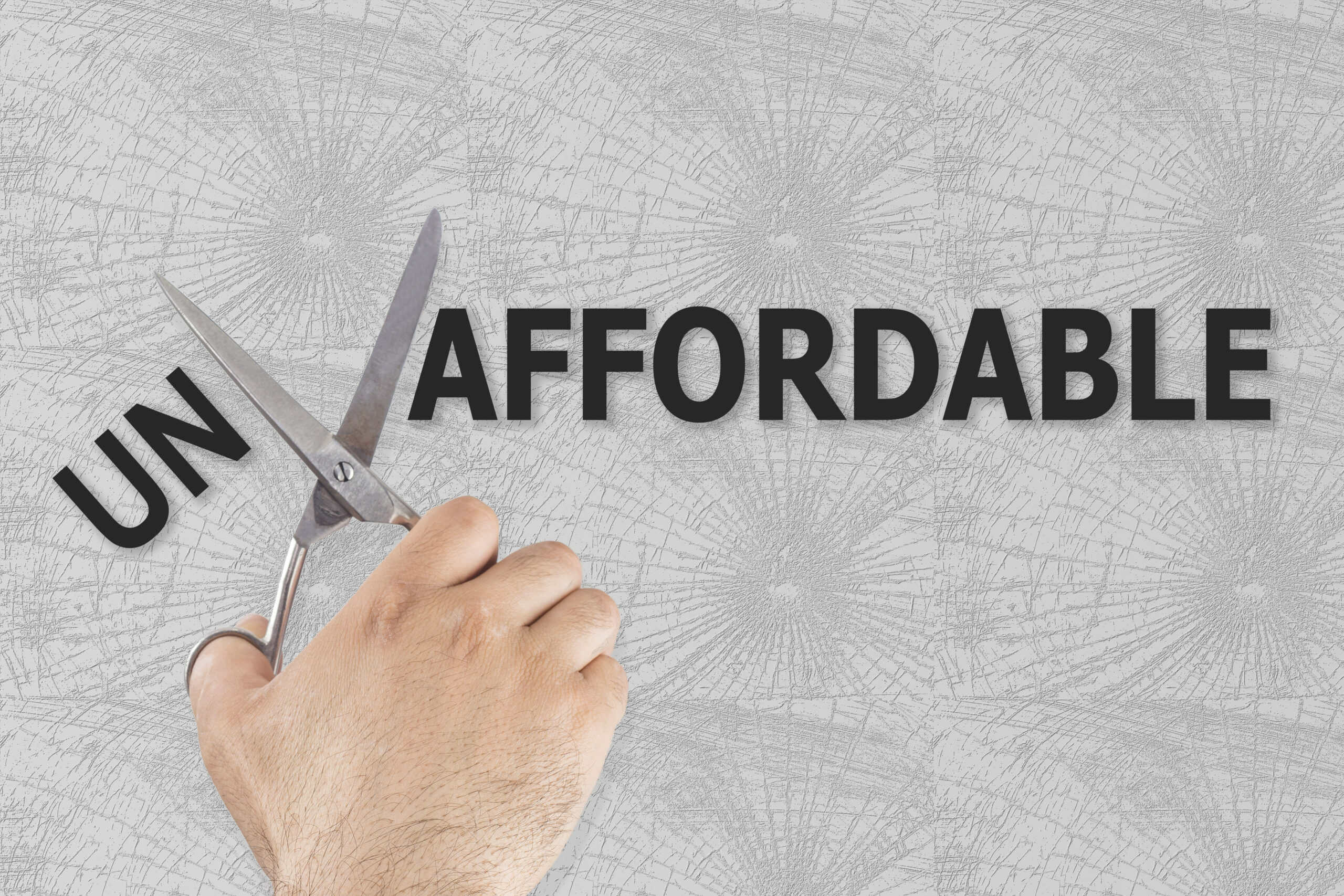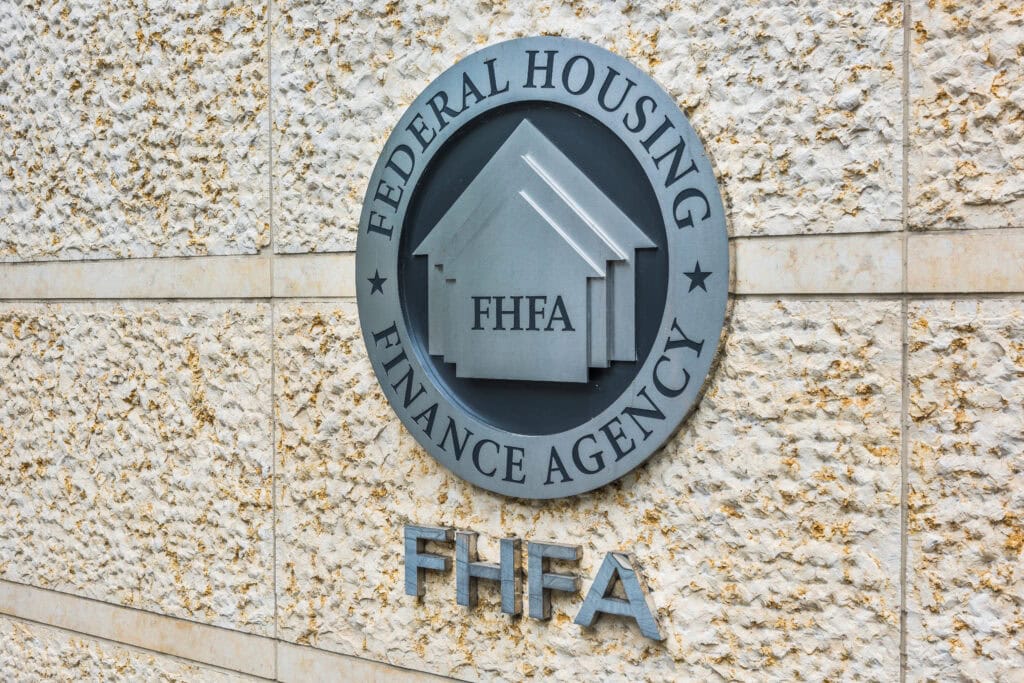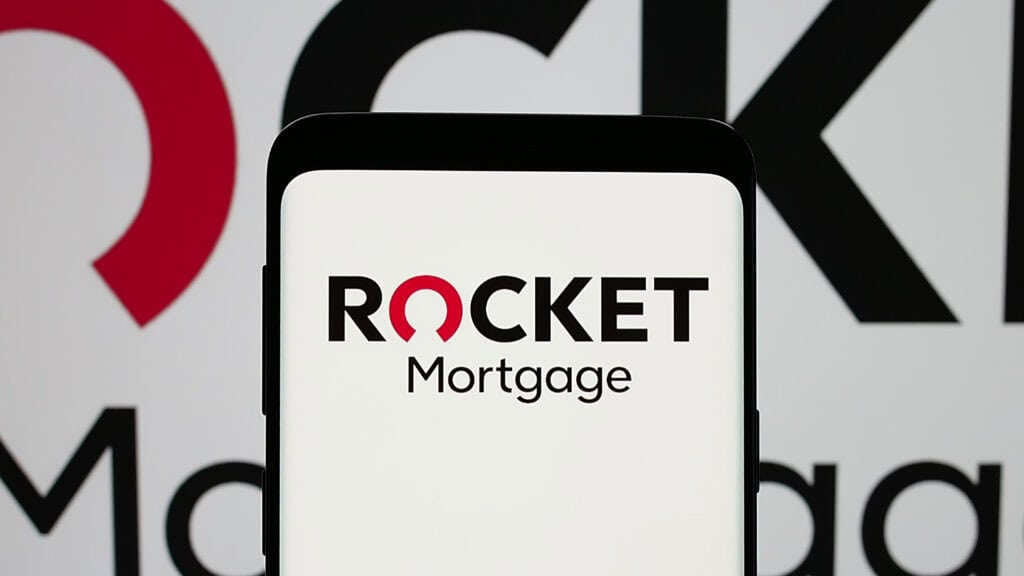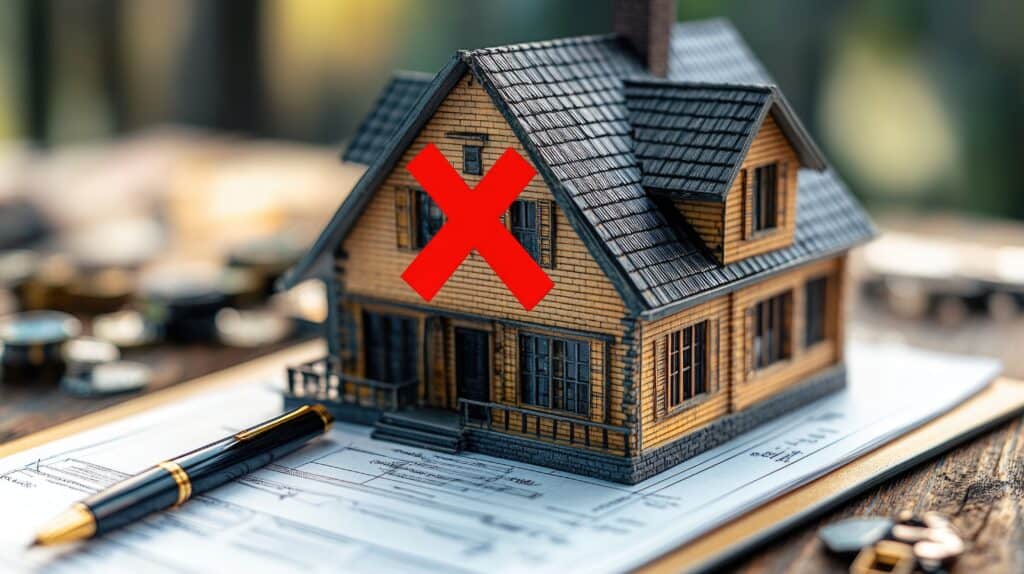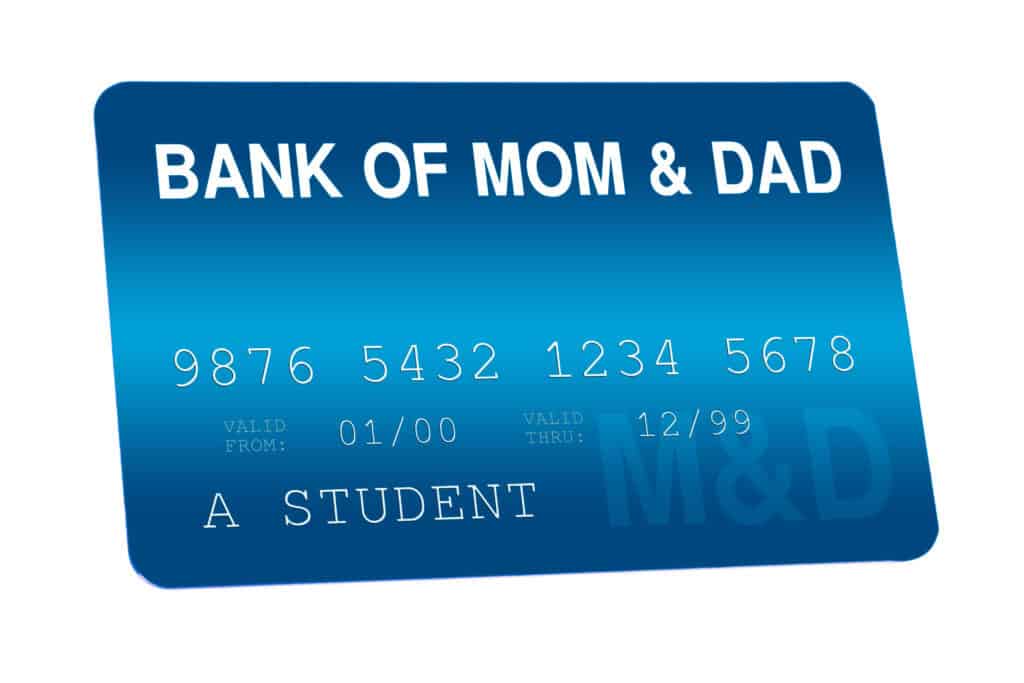In today’s high-rate environment, affordability is top of mind for homebuyers—and that’s where the temporary buydown comes in. Whether you’re a first-time buyer or just trying to make a smoother financial transition into your new home, this strategy can dramatically reduce your initial monthly payments without permanently altering your loan structure.
Let’s break down exactly how temporary buydowns work, how they compare to permanent rate reductions, and whether they make sense for your situation.
What Is a Temporary Buydown?
A temporary buydown is a mortgage financing strategy that allows borrowers to enjoy a lower interest rate for the first one to three years of their loan. After the initial period ends, the rate increases to the full note rate for the remainder of the term.
This temporary reduction is usually funded by the seller, builder, or lender, and the cost is deposited into an escrow account to cover the difference in interest during the discounted years.
Example: How a 2-1 Temporary Buydown Works
In a 2-1 buydown, your interest rate is reduced by 2% in the first year and 1% in the second year.
Imagine you’re approved for a $400,000 mortgage at a 7.5% interest rate. With a 2-1 buydown:
-
In Year 1, your rate drops to 5.5% — lowering your monthly payment by roughly $500/month.
-
In Year 2, your rate moves to 6.5%, and the savings fall to around $250/month.
-
In Year 3 and beyond, you’ll pay the full 7.5% rate.
Over those first two years, you save approximately $9,000. The seller funds this amount upfront, placing it in an escrow account that subsidizes your payment each month.
It’s important to note: you’re still qualifying for the loan at the full 7.5% note rate. The buydown doesn’t change your qualification or loan terms—it’s just a way to temporarily reduce your out-of-pocket expenses as you settle in.
How Seller-Funded Buydowns Work (Behind the Scenes)
When a seller funds a temporary buydown, they’re essentially prepaying a portion of your interest upfront to reduce your monthly payments in the early years of the loan. The cost is based on the difference between your note rate and the temporary rate, multiplied by your loan balance, and then applied over the buydown period.
For example, if you have a $400,000 loan with a 2-1 buydown starting at 5.5% (vs a 7.5% note rate), the seller would fund the difference in interest for Year 1 (2%) and Year 2 (1%). This often results in a seller concession of $8,000 to $10,000, depending on the loan size and rate structure.
These funds are deposited into a buydown escrow account, managed by your lender or servicer. They’re gradually applied each month to make up the interest shortfall during the buydown term. You’ll still see the full mortgage payment due on paper, but the lender will subtract the escrow contribution automatically.
This incentive must be disclosed on your Loan Estimate (LE) and Closing Disclosure (CD)—usually in the form of seller-paid closing costs or credits. It’s completely legal, common, and an effective way for sellers to help buyers without directly cutting the price of the home.
If You Refinance or Sell Early…
Any unused portion of the escrow gets refunded back to you or your lender, depending on your loan terms. This makes buydowns a flexible tool for those who expect to refinance within 1–2 years.
2-1 vs 3-2-1 Buydowns: What’s the Difference?
There are multiple buydown structures, but the most common are:
| Type | Year 1 | Year 2 | Year 3 | Year 4+ |
|---|---|---|---|---|
| 2-1 | -2% | -1% | Full rate | Full rate |
| 3-2-1 | -3% | -2% | -1% | Full rate |
- 2-1 Buydowns are more common today due to cost-effectiveness and shorter break-even timelines.
- 3-2-1 Buydowns are rarer but useful for borrowers expecting significant income growth in the coming years.
Temporary vs. Permanent Buydown
| Feature | Temporary Buydown | Permanent Buydown |
|---|---|---|
| Lower Rate Length | 1–3 years | Life of the loan |
| Cost | Paid by seller/lender | Paid via discount points by buyer |
| Monthly Savings | High in early years | Modest, but consistent long-term |
| Ideal For | Buyers expecting refi/income growth | Buyers seeking payment stability |
While the chart outlines the structural differences between temporary and permanent buydowns, the choice between the two depends heavily on your financial goals.
A permanent buydown involves paying discount points upfront to permanently reduce your interest rate. This can make sense for buyers who plan to stay in the home long-term and don’t anticipate refinancing. It offers modest monthly savings over the entire life of the loan, which can add up to thousands over 15 or 30 years.
In contrast, a temporary buydown is ideal for buyers who expect their income to increase, or who plan to refinance once rates drop. It’s especially helpful when affordability is tight in the first few years of ownership. In today’s high-rate environment, temporary buydowns offer the most relief when buyers expect future rate relief or financial improvement.
Example:
Sarah buys a $400,000 home. With a 2-1 buydown, her payment is reduced by $500/month in Year 1 and $250/month in Year 2. That’s a total of $9,000 in savings over two years—helping her offset the cost of moving and furnishing her new place.
Who Benefits Most From a Temporary Rate Buydown?
Let’s look a little deeper at the buyers and sellers who benefit from this strategy:
-
First-Time Buyers: With affordability tighter than ever, many first-time buyers struggle with the upfront costs of homeownership. A buydown lets them ease into payments while adjusting to new expenses like utilities, maintenance, and property taxes.
-
Move-Up Buyers: These buyers often have equity tied up in their existing home, and a buydown gives them more room in their budget before that home sells or equity is accessed.
-
Buyers Expecting to Refinance: If you’re planning to refinance in 12–24 months, a temporary buydown helps you bridge the gap until rates fall—without being stuck with a high payment today.
-
Builders: Builders frequently offer buydowns to move inventory without reducing the base price of the home. This helps preserve neighborhood comps while making the payment more attractive to buyers.
-
Sellers in Slower Markets: Instead of reducing the sale price, a seller can offer a buydown as a targeted concession that boosts buyer affordability without undermining property value.
FAQs: Temporary Buydowns
What is a temporary buydown mortgage?
A temporary buydown mortgage lets buyers pay a reduced interest rate for the first 1–3 years of their loan. The difference in interest is pre-funded by the seller, lender, or builder and applied to monthly payments during that time.
Who pays for a temporary buydown?
Typically, the seller, builder, or sometimes the lender funds the buydown as a buyer incentive. It’s often used in place of a price reduction to help improve affordability without lowering the sale price.
Can I combine a temporary buydown with a permanent rate buydown?
Most lenders don’t allow both at once. However, you can sometimes combine a temporary buydown with other concessions, like closing cost credits or builder incentives.
What happens if I refinance before the buydown period ends?
If you refinance or sell before the buydown period ends, the unused escrow funds set aside for the discounted interest are typically refunded back to you or applied to the loan payoff.
Do all lenders offer temporary buydowns?
No, not all lenders offer temporary buydowns. It’s best to shop around or use a tool like Loan Compass to compare loan options that include this feature.
Are temporary buydowns worth it?
They can be, especially in high-interest environments. If you expect your income to rise or plan to refinance, a buydown offers short-term relief without locking into a long-term rate.
What's the difference between a temporary buydown and an ARM?
An adjustable-rate mortgage (ARM) has a variable rate that resets based on market indexes. A temporary buydown has a fixed rate—only your payments are subsidized in the early years.
Final Thoughts: Should You Consider a Temporary Buydown?
In a rising-rate environment, temporary buydowns offer a smart way to ease into homeownership. They allow you to lower your payments early on, giving you time to settle into your home, grow your income, or prepare for a future refinance.
They’re especially powerful when paired with builder incentives, seller concessions, or strategic rate timing.
Before moving forward, use a loan comparison tool like Loan Watch to evaluate your lender’s offer—especially if a buydown is part of the deal. It’s essential to make sure that what looks like a discount today doesn’t cost you later.
